Garment sector dressed for success

The Ministry of Industry and Trade is drafting the textile-garment industry development planning to 2020, with vision towards 2030 for submission to the prime minister for approval.
This plan will see landmark changes compared to the previous plan approved by the government via Decision 36/2008/QD-TTg in 2008.
In the new planning, the sector envisages an export value of $31-$32 billion by 2020, which will double to $60-$65 billion by 2030 and hiking localisation rate to 60 and 80 per cent, respectively.
Under current planning, by 2015 the sector is set to report $18 billion in total export value and to $25 billion by 2020, and respective localisation rates were set at 60 and 70 per cent.
Deputy Minister of Industry and Trade Ho Thi Kim Thoa said the draft planning was built factoring in comments relevant to current planning and encompassing amendments amid the current development context.
In fact, its largest challenge is that most of production materials, machinery, equipment, chemicals and dyeing substances are imported.
Also, forecasts fail to keep pace with actual market situations and the capacity for product design and development remains below par.
Deputy head of Vietnam Textile Research Institute Dr. Nguyen Sy Phuong said current localisation rate had proven lagging far behind the demand for export production and was the sector’s core weakness.
For instance, locally-made cotton could only meet 3-4 per cent of actual demands.
Last year, Vietnam reaped $17 billion from textile garment export but the sector’s total import value came to $11.3 billion.
After five years implementing the development planning to 2015, with vision towards 2020, though the export growth has even surpassed projected levels, actual localisation rate was far behind the set target.
Thereby, reviewing current planning, from there drawing a new comprehensive one has been urgent.
Phuong said apart from setting suitable growth targets, it would be more important to work out measures to make these targets come true.
Accordingly, to tackle the sector’s major shortcomings as heavy reliance on import and low localisation rate there must be policies and mechanisms to encourage firms to open shop and spur investment into specific textile-garment complexes to maximise usage efficiency.
Besides, as textile-garment is a labour intensive industry stable and quality human resources are a key factor to each firm and the whole sector growth perspective.
“Through placing factories in rural and remote areas together with stronger investments, textile and garment firms would find it easier to meet manpower needs,” Thoa underscored.
What the stars mean:
★ Poor ★ ★ Promising ★★★ Good ★★★★ Very good ★★★★★ Exceptional
Latest News
More News
- Growth beckons for GenAI startups in Vietnam (November 21, 2024 | 17:47)
- SABECO to elevate Vietnam's beverage industry to global standards (November 21, 2024 | 17:36)
- ABeam Consulting Vietnam introduces BSQCD Purchasing Strategy Framework (November 21, 2024 | 16:40)
- Major railway requires debt considerations (November 21, 2024 | 12:07)
- Reviving a new life cycle for plastic waste (November 21, 2024 | 09:16)
- Key balances maintained for industrial production (November 21, 2024 | 08:00)
- Ecolean Vietnam honoured with prestigious sustainability award (November 19, 2024 | 10:01)
- HEINEKEN Vietnam’s clear path towards net-zero (November 18, 2024 | 15:13)
- VLCA 2024 honours corporate governance excellence as listed companies raise the bar (November 18, 2024 | 09:00)
- High-tech personnel to drive competition (November 17, 2024 | 09:21)




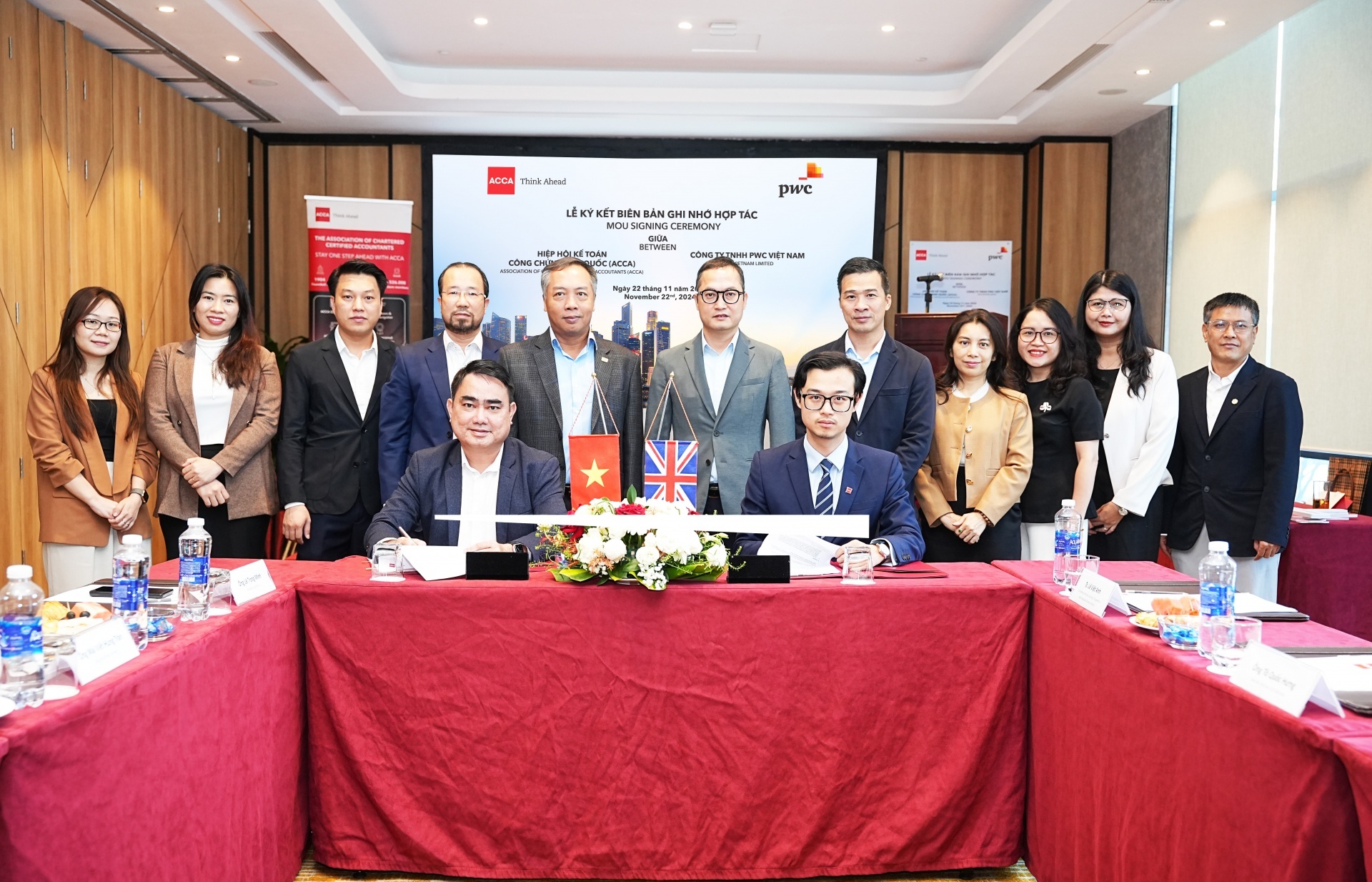
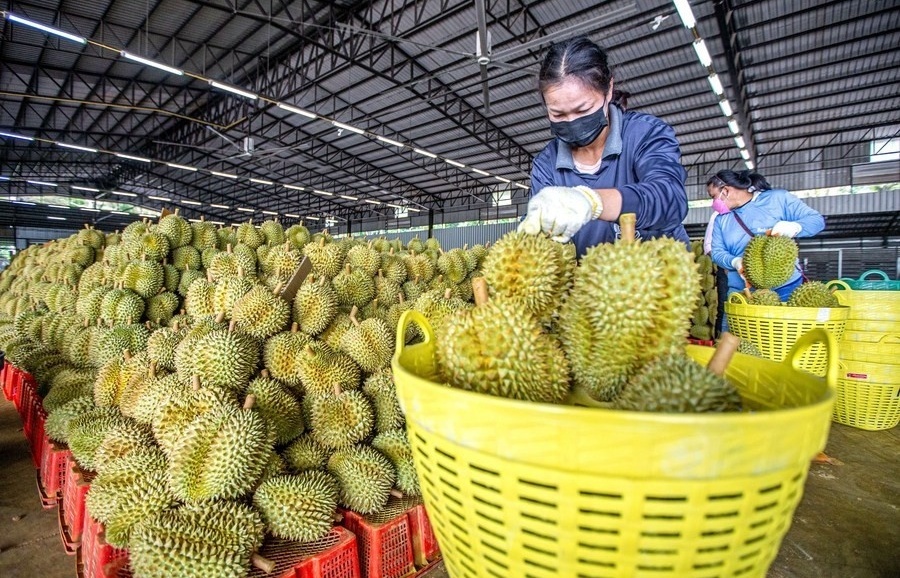
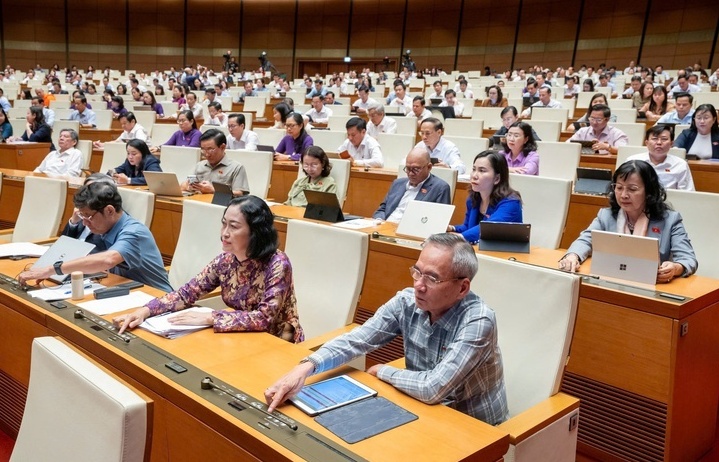
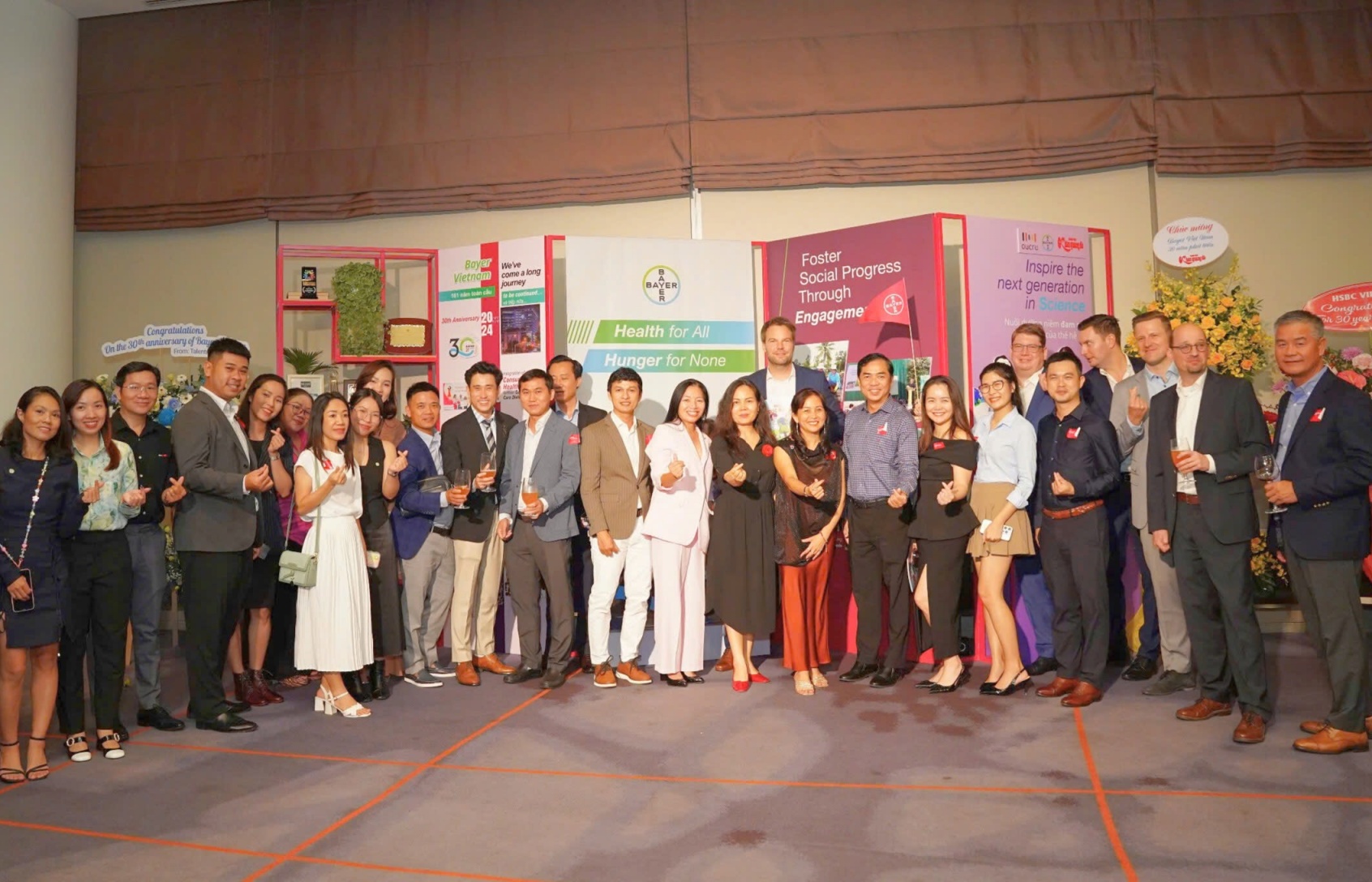
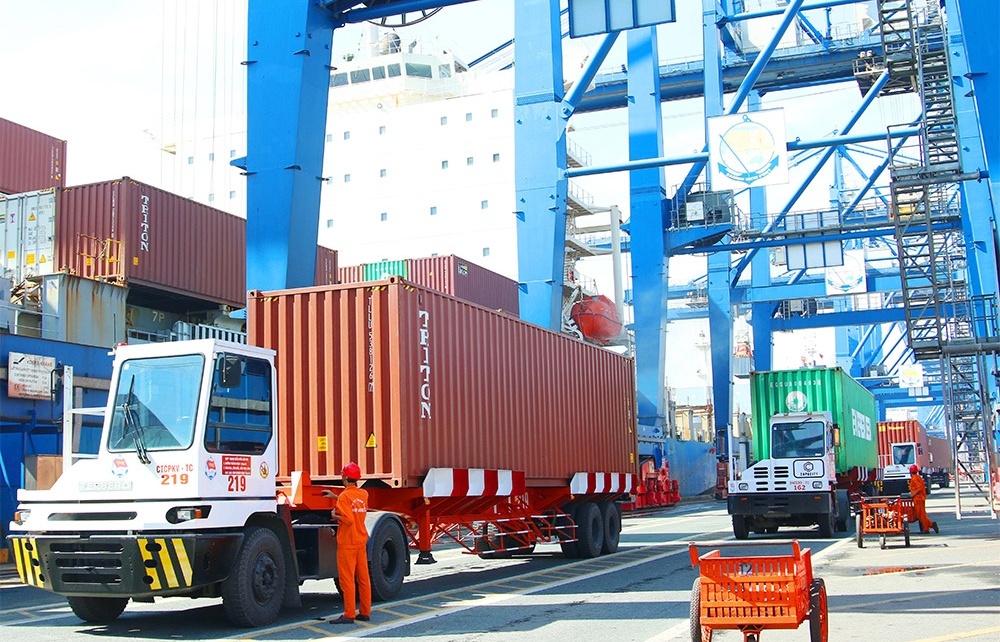
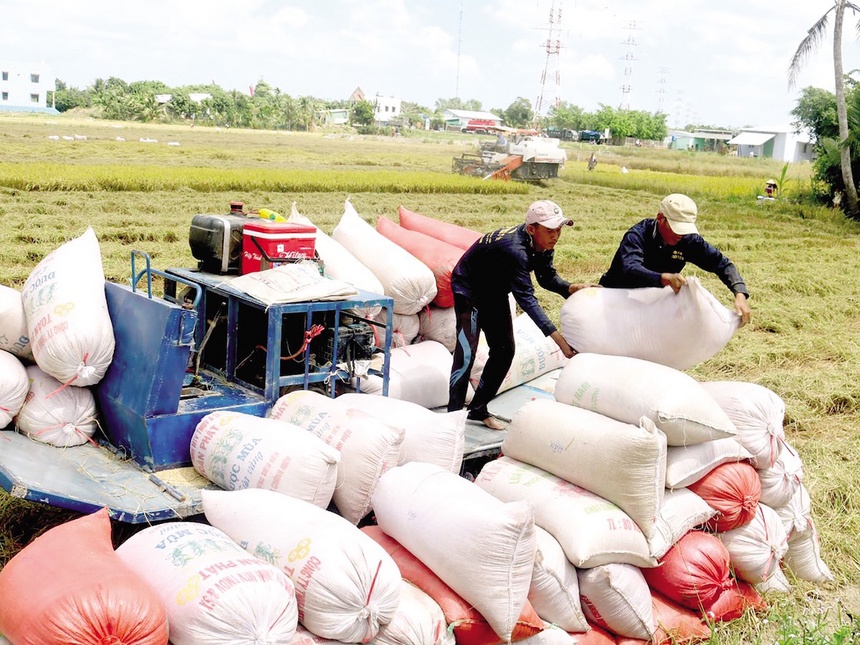








 Mobile Version
Mobile Version